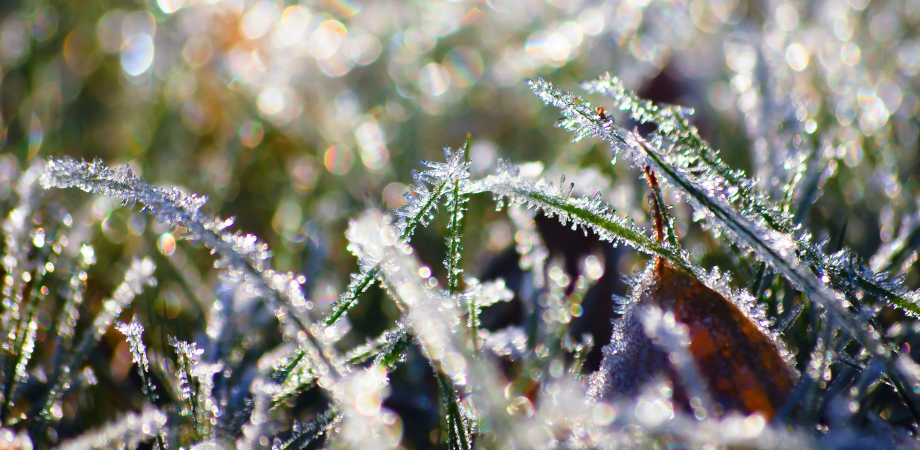To Feed or Not to Feed, That Is the Question

Many turf managers ask this question about dormant feeding their turf. Why should I be feeding my turf, when it is not growing? Am I wasting my time and money? The answer is a resounding “no.” It has been said that if you were to feed your turf only once the whole year, that the late fall/ early winter dormant feeding would be the one to keep on your schedule. Dormant feeding is done when the top growth of the turf slows to a minimum and you have finally cut your greens for the last time before winter.
The cool-season turf in late fall, while not exhibiting any top growth, is still putting out roots, stolons, rhizomes, and tillers. The plant is also storing up carbohydrate reserves for winter and the following spring. The plant uses these reserves to thicken cell walls and cuticles and to better cope with the harsh winter weather and to ward off disease.
What kind of fertilizer should I use? Any fertilizer will work, but the best fertilizer to use at this time of year is an organic. The organic fertilizer has everything the turf plant needs in a balanced nutrition program. More importantly, the organic fertilizer is dependent on microbial activity for breakdown into a useable form for the turf plant. This will continue to occur until soil temperatures drop below 40 degrees F. When this occurs, the organic fertilizer will not volatilize, leach, or runoff into a stream or pond with rain. It will sit there until spring when microbial activity picks up again and it will immediately go to work again, providing needed nutrition to the turf as it comes out of winter dormancy.
Another choice in a fertilizer for dormant fertilization would be an all mineral fertilizer, like Advanced Turf 34-0-4 or one with a very low amount of sustained-release nitrogen. You see, there is no need for the SAN (slowly available nitrogen) since the urea is also dependent on the microbial breakdown for plant-available nutrition. Also, a small amount of potassium is beneficial at this time of year. It will help with carbohydrate storage and cell wall turgidity. This, in turn, will aid in winter hardiness and survival. So don’t leave out the potassium.
No matter what kind of fertilizer you choose, your Advanced Turf representative will be there to help you. So, don’t forget to dormant feed your turf.







